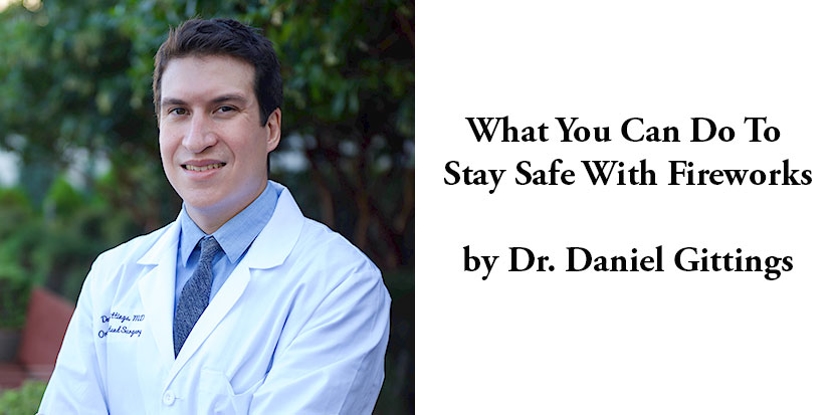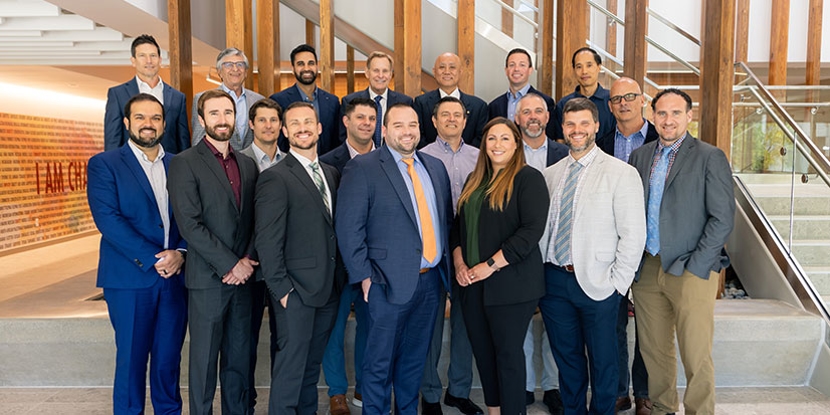A Closer Look Into the Rise of Concussions and Treatment
- Category: Orthopedic Health, Sports Medicine
- Posted On:
- Written By: David W. Kruse, M.D.

Emergency department visits for concussions sustained during organized team sports doubled among 8-13 year olds between 1997 and 2007 and nearly tripled among older youth, according to recent reports. Additionally, more than 248,000 children visited hospital emergency departments in 2009 alone for concussions and other traumatic brain injuries related to sports and recreation.
David W Kruse, MD, a sports medicine physician with Hoag Orthopedic Institute, gives a closer look into the rise of concussions and how they should be treated.
Q. Why does there seem to be a sudden influx in head injuries?
A. The increased prevalence is multifactorial. Partly due to increased recognition and education regarding head injuries. Thankfully, many more cases are being identified that went previously undiagnosed. We also know that athletes are bigger and stronger and are being hit with increased forces at younger ages – at a time in which time their brains are more vulnerable.
Q. Are children of a certain age more susceptible to brain injuries while playing soccer?
A. We know that pediatric brains are more vulnerable and potentially can take longer to recover.
Q. I’ve read that doctors recommend wearing “protective headgear”. In soccer, players don’t normally wear headgear—what do you suggest?
A. It should be clearly stated that "protective headgear" is very sport specific. Certainly in football or hockey, headgear should be worn and is part of the sports regulations for multiple reasons (i.e. protection against lacerations, eye injuries, facial and skull fractures, etc.). In soccer, headgear is not part of the regulated equipment. It is also important to note that no study has yet shown that headgear or a helmet can prevent a concussion injury. Soccer has commercially available "headgear" which can be helpful to prevent lacerations or abrasions, but DOES NOT prevent concussion. Therefore, doctors trained in the care of sports concussion do not recommend the use of soccer headgear to prevent concussion. We unfortunately do not have that technology yet.
Q. What are some instant signs that a head injury has happened? How do we know that our child shouldn’t go back into the game? What should we do if a head injury took place?
A. Because concussion can affect any part of the brain, symptoms can be diverse and can include headache, dizziness, light and sound sensitivity, confusion, feeling slowed down, nausea, and fatigue, among others. Concussions may or may not involve loss of consciousness. If an impact was witnessed and symptoms are present, then a concussion injury should be suspected. The athlete should then be pulled from participation, whether practice or game, and should not return until further evaluation by a physician trained in the care of sports concussion. it is important to keep in mind that concussion is part of a spectrum of head and neck injuries. If a neck injury is suspected, the athlete should not be moved and 911 should be called. If the athlete has sustained loss of consciousness, worsening symptoms, vomiting, numbness or weakness in the extremities, or increasing confusion, the athlete should be taken to the emergency room or 911 called. For more information, please see the following pocket guides published by an international consortium of experts:
Concussion Recognition Tool: http://bjsm.bmj.com/content/47/5/267.full.pdf
Concussion Overview of Actions & Red Flags: http://bjsm.bmj.com/content/47/5/267.full.pdf
Q. Once home, what signs should we look for? When is it serious enough to go to the hospital?
A. The athlete should be monitored for a few hours following the injury. A parent, guardian, or roommate should watch out for the red flags or worsening signs discussed above. If the athlete meets some of the red flags they should be taken to a hospital immediately.
Q. Anything you’d like to add?
A. It is common for an athlete with a concussion to require time away from school or at least have some initial restrictions placed on academic participation. This is often missed and can be a common reason for persistent symptoms following a concussion. Academic accommodations should be put in place, facilitated by the caring physician.
Final clearance back to full soccer or sport participation should be based on the following: complete symptom resolution, tolerating all academic work, has successfully completed a graded exertional protocol, and has been cleared by their treating physician. All of the above can be monitored by a physician trained in the care of sports concussion.
Dr. Kruse holds two board certifications, sports medicine and family medicine, and practices as a Primary Care Sports Medicine specialist. Dr. Kruse’s clinical expertise includes non-operative orthopedics and sports medicine, general musculoskeletal care, sports concussion, general medical needs of the athlete, and musculoskeletal procedures including joint and tissue injections. Dr. Kruse also has special insight into the care of the injured gymnast or dancer.


